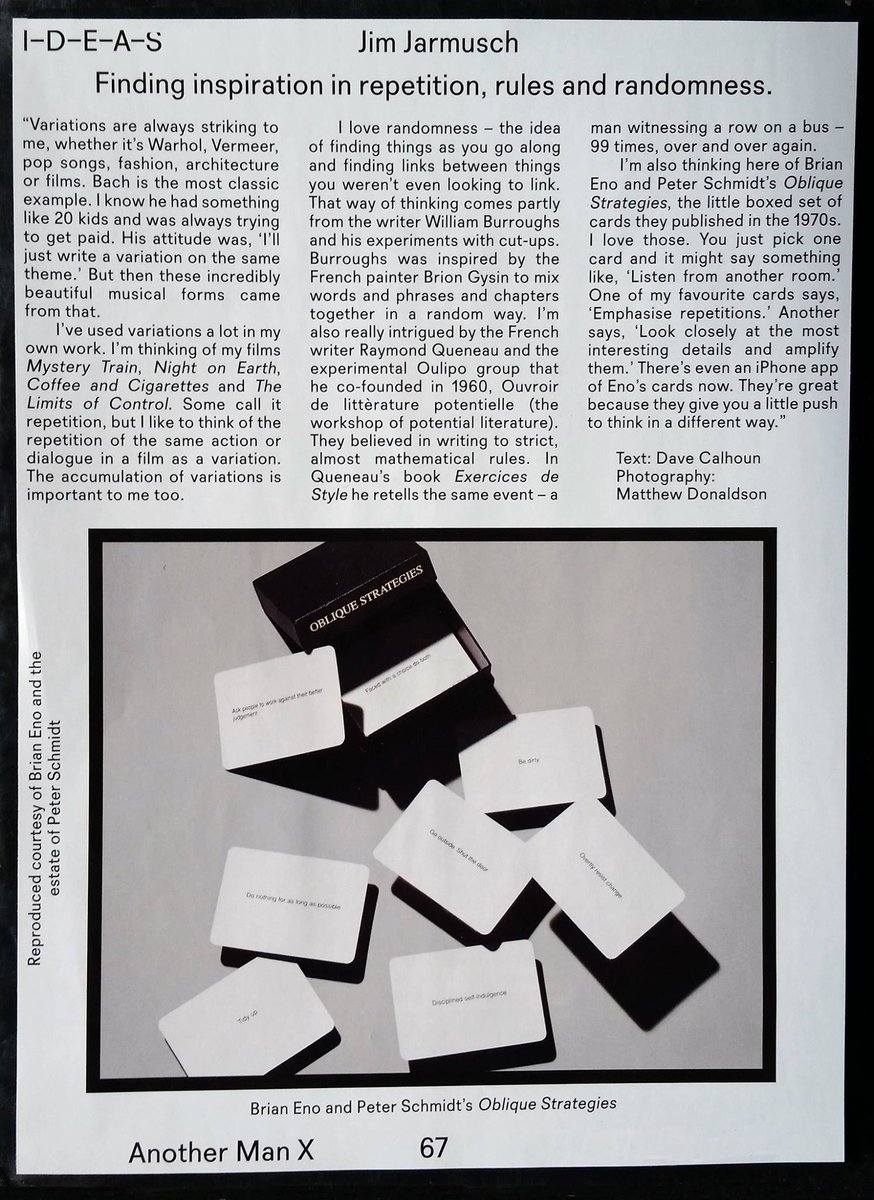There are only two kinds of story, holds a quote often attributed to Leo Tolstoy: a man goes on a journey, or a stranger comes to town. When it set about producing A Beginner’s Guide to the Internet, a “community service video” geared to viewers unfamiliar with the World Wide Web, internet portal company Lycos went with the latter. That stranger, a history teacher and aspiring comedian named Sam Levin, comes to a town named Tick Neck, Pennsylvania, his car having broken down early in a cross-country drive to a gig in Las Vegas. In order to update his manager/sister on the situation, he stops into the rural hamlet’s only diner and orders “coffee, half regular and half decaf — and the telephone book.”
Sam doesn’t make a call; instead he unplugs the diner’s phone, connects the line to his computer, looks up his internet service provider’s local number, and (after the requisite modem sounds) gets on the information superhighway. Today we know few activities as mundane as going online at a coffee shop, but the townspeople, innocent even of e‑mail, are transfixed. Sam shows a couple of kids how to search for information on haunted houses and college scholarships, and soon the students become the teachers, demonstrating online games to friends, chat rooms to a cranky old-timer (“I don’t like this word network at all. Network of what? Spies, probably”) and even state government feedback forms to the mayor of Tick Neck (who describes herself as “not much with a keyboard”).
Though at times it feels like the 1950s, the year was 1999, perhaps the last moment before America’s complete internet saturation — before social media, before streaming video, before blogs, before almost everything popular online today. “The video for Internet ‘newbies’ starring John Turturro was made available for free rental on the community service shelf of over 4,000 Blockbuster Video stores, West Coast Video stores, public school libraries and classrooms across the United States,” says a contemporary article at Newenglandfilm.com. “The production was funded by Lycos who has instituted a campaign to better educate the public about the World Wide Web.”
Those of us on the Web in the 1990s will remember Lycos, which ran one of the popular search engines before the age of Google. Launched in 1994 as a research project at Carnegie Mellon University in Pittsburgh (which might explain A Beginner’s Guide to the Internet’s setting), Lycos was in 1999 the most visited online destination in the world, and the next year Spanish telecommunications company Telefónica acquired it for a cool $12.5 billion. Turturro, not to be outdone, had in 1998 ascended to a high level of the countercultural zeitgeist with his role in the Coen brothers’ The Big Lebowski, the purple-clad bowler Jesus Quintana — very much not a stranger anyone would want going online with their kids, but Turturro has always had a formidable range.
History hasn’t recorded how many newbies A Beginner’s Guide to the Internet helped to start surfing the Web, but the video remains a fascinating artifact of attitudes to the internet during its first period of enormous growth. “My family doesn’t own a computer,” the young boy tells Sam, “and my dad doesn’t like ’em. He says facts are facts.” (That last sentence, innocuous at the time, does take on a new resonance today.) The boy’s teenage sister excitedly describes the internet as “like going to the library, department store, and post office, all at the same time.” Entering his credit card number to buy an auto-repair manual for the skeptical mechanic, Sam says (with a strange defensiveness) that “it’s completely private. I’ve done it before and it’s not a problem.” As with any stranger of legend who comes to town, Sam leaves Tick Neck a changed place — though not nearly as much as the Tick Necks of the world have since been changed by the internet itself.
Related Content:
How to Send an E‑mail: A 1984 British Television Broadcast Explains This “Simple” Process
From the Annals of Optimism: The Newspaper Industry in 1981 Imagines its Digital Future
In 1999, David Bowie Predicts the Good and Bad of the Internet
What’s the Internet? That’s So 1994…
Based in Seoul, Colin Marshall writes and broadcasts on cities and culture. His projects include the book The Stateless City: a Walk through 21st-Century Los Angeles and the video series The City in Cinema. Follow him on Twitter at @colinmarshall or on Facebook.


